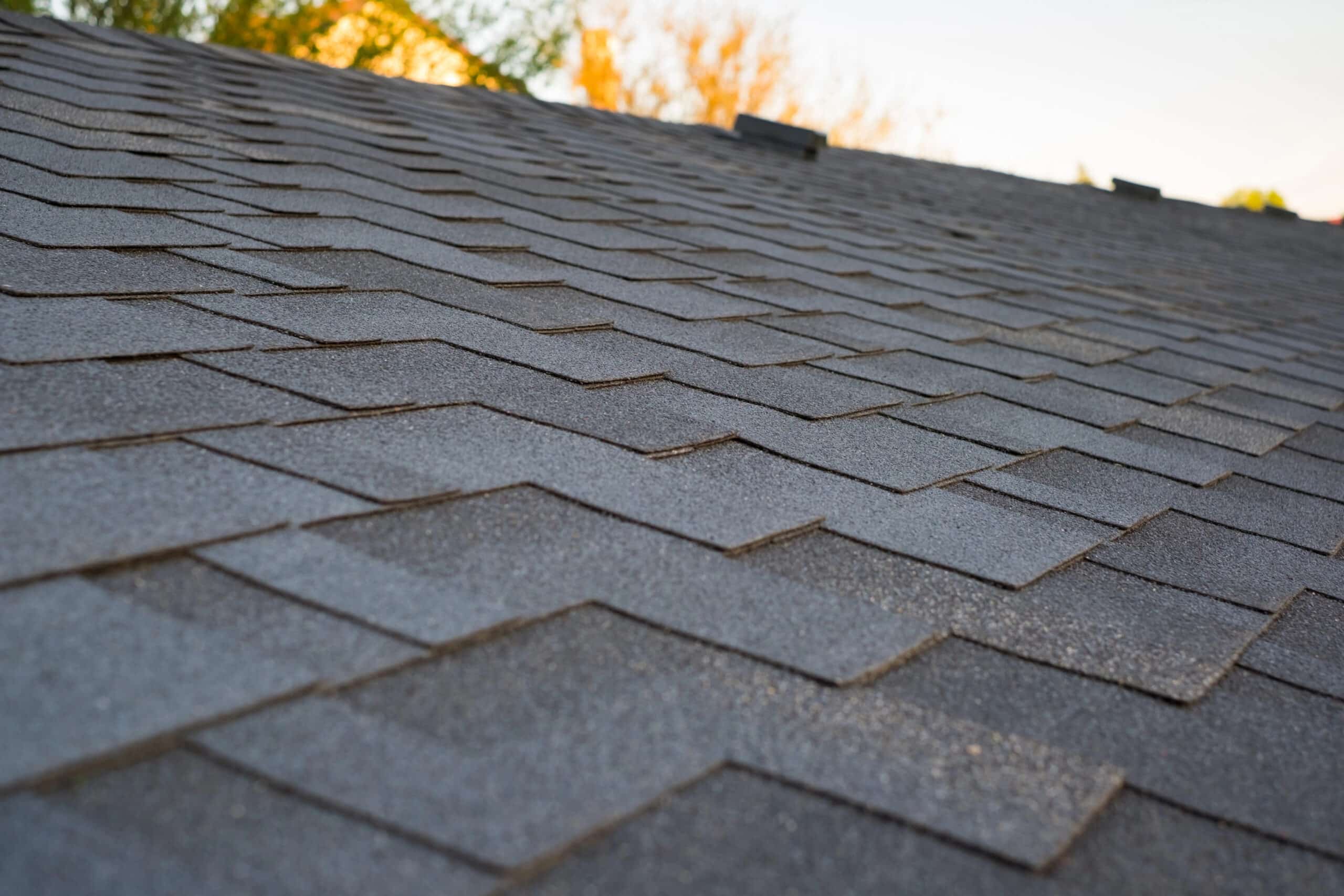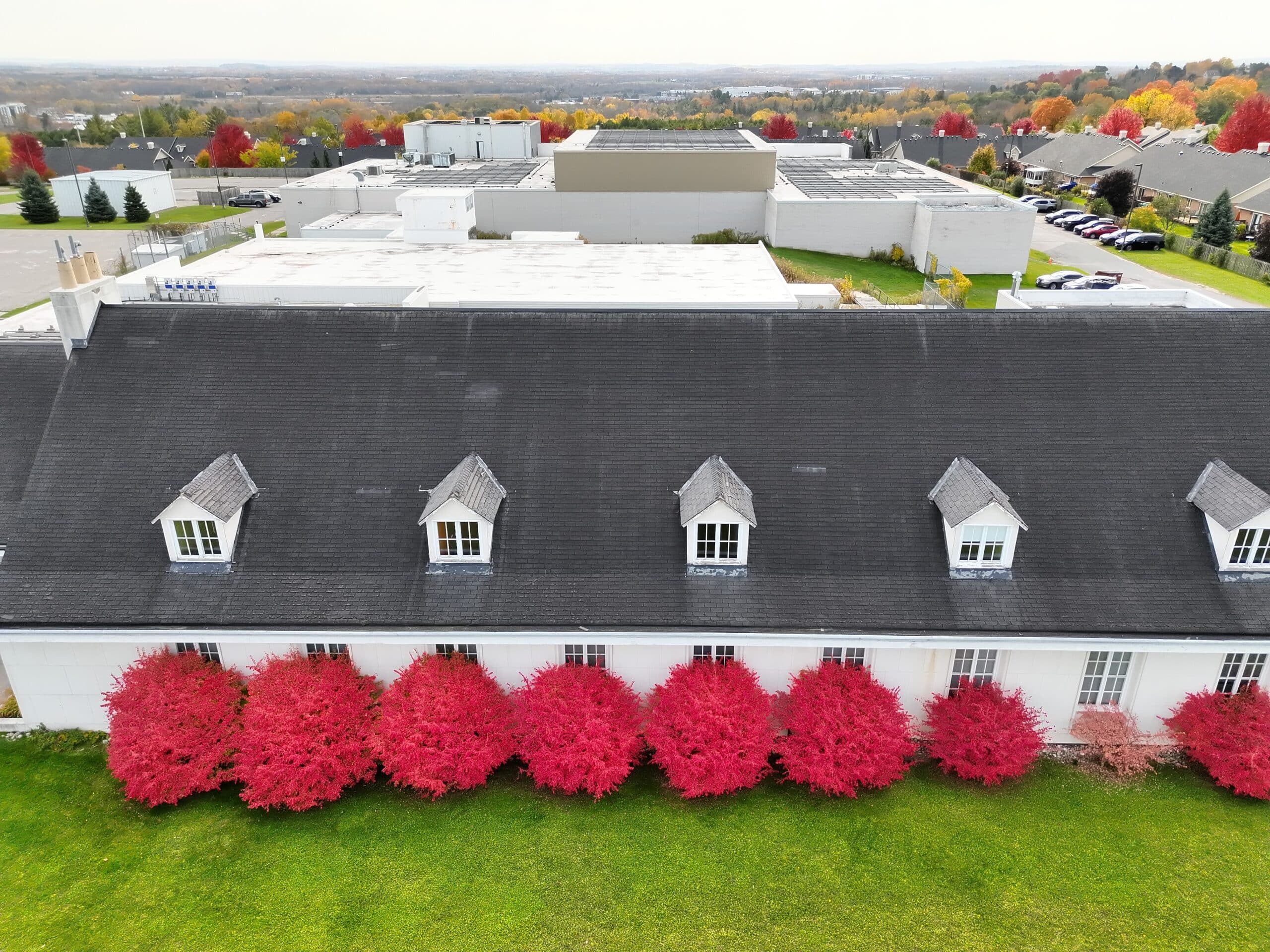500 Hood Road, Suite 320Markham ONL3R 9Z3

Asphalt shingles are among the most commonly installed roofing systems across North America, particularly on residential, institutional, and low-rise commercial buildings. Despite their widespread use, these systems are not maintenance-free. Their performance and lifespan are significantly affected by installation practices, environmental exposure, attic conditions, and component detailing.
A Roof Condition Assessment (RCA) is a structured, evidence-based process used to evaluate the current state of a roofing system, detect deterioration, and inform future maintenance or replacement planning. This guide outlines the technical approach to conducting a comprehensive RCA for asphalt shingle roofs, focusing on material behaviour, inspection methodology, diagnostic tools, and reporting frameworks.
Asphalt shingles, particularly architectural and 3-tab varieties, are susceptible to material fatigue, ultraviolet degradation, wind uplift, and thermal cycling. Their functional lifespan, typically 20 to 30 years, can vary greatly depending on slope, underlayment, attic ventilation, installation quality, and local climate conditions.
Shingle failures can result in progressive water ingress, hidden deck damage, and loss of insulation performance long before surface signs are obvious. This makes scheduled RCAs critical for proactive asset management.

Edge curling on asphalt shingles indicating UV degradation and material fatigue.
A proper RCA follows a systematic methodology combining visual surveys, physical testing (where needed), and analytical interpretation of performance risks.
Does Your Building Need a Roof Condition Assessment?
The primary step is a visual survey of all sloped roof areas, identifying:
Field photos are geo-tagged and annotated on roof plans for accurate reporting.
Improper flashing is one of the most common failure points in sloped roofing systems. The RCA should include:
Inadequate or deteriorated flashing is a leading cause of localized leakage, especially during freeze-thaw cycles or wind-driven rain. Penetration and edge detailing often deteriorate faster than shingles themselves due to movement, water concentration, and UV exposure.
Water management performance is evaluated by inspecting:
Improper venting at the eaves often leads to elevated attic humidity, which accelerates deterioration from the inside out.
If accessible, a qualified roofing inspector or building science specialist inspects the attic or ceiling plenum for:
Attic conditions are closely tied to roof performance. Poor ventilation or insulation imbalance can promote ice dam formation, leading to premature failure of the shingle and underlayment system.
Unlike flat roof systems that often allow for core cuts or embedded moisture scanning, asphalt shingle roofs are thinner and more sensitive to invasive diagnostics. These roofs are typically installed over a plywood or OSB deck, with insulation located below in the attic or ceiling cavity. This configuration limits the effectiveness of diagnostic tools that detect subsurface moisture through the roofing layers, such as infrared thermography or moisture probes.
For asphalt shingle roofs, most invasive or instrumented tests used on low-slope systems aren’t practical. Instead, all diagnostic evaluation is done through enhanced visual and tactile inspection, for example:
Brittle Test: Gently flex or lift the edge of a representative shingle to assess its flexibility and adhesion. Shingles that crack, snap, or fail to return to their original shape under this slight stress have lost pliability and should be considered for full replacement rather than patch repairs.
Seal Strip and Lap Inspection: Examine the bonded sealant strips and overlapping tabs by hand, feeling for any separation, unsealed edges or shingle displacement that could allow wind-driven or capillary water intrusion.
Fastener and Flashing Check:Visually and manually confirm that nails remain flush, flashing is tight against the deck, and no gaps exist at step, apron or penetration flashings. Loose fasteners or raised flashing corners are early warning signs.
Due to the layered nature of asphalt shingles and their minimal insulation depth, tests such as infrared thermography, moisture probe scanning, or core sampling are typically not informative unless there is a cathedral ceiling (unvented assembly) or another unique roof configuration.
Key Standards and Guidelines Referenced

A high-quality RCA report presents findings in a structured format that directly supports maintenance budgeting and long-term asset management. Key elements include:
Reports are formatted to align with capital planning models and asset management platforms. Each recommendation links to cost-estimate ranges (Class D), facilitating seamless integration into reserve fund studies and annual budget forecasts.
Clear descriptions of each issue, paired with photo references and location details ensure that maintenance teams can prioritize repairs efficiently and with confidence.
A full roof replacement is not always necessary. In many cases, targeted interventions such as isolated shingle replacement, re-flashing of penetrations and eaves, ventilation upgrades, and localized decking reinforcement can restore functionality and defer major expenditures. A Roof Condition Assessment supports this level of decision-making by providing defensible, condition-based recommendations rather than relying solely on age or superficial signs.
Asphalt shingle roofs are deceptively simple. Their true performance depends on a wide array of interconnected elements, from material aging and installation technique to ventilation, flashing, and drainage integration. A properly executed Roof Condition Assessment provides the technical insight required to preserve the system’s integrity, extend its service life, and protect the building beneath it.
For asset managers, engineers, or facility professionals overseeing shingled roofs, integrating RCA cycles into long-term maintenance planning is both a protective and cost-effective strategy.
For more information or to schedule a professional roof assessment, contact ABSI today.

Naji Hassan, a renowned professional in Building Science and Engineering, brings a wealth of knowledge and experience to his field. Educated at Beirut Arab University and Harvard Business School Online, Hassan has honed his expertise in structural and municipal engineering, building science, and business management. As the President of Accent Building Sciences and an experienced Senior Project Manager, he has made significant strides in building envelope engineering, building condition assessments, and energy retrofit programs. His commitment to innovation and excellence is evident in his approach to large-scale project management and his active participation in industry organizations. Hassan is not only a leader in his field but also a prolific writer and thought leader. He regularly shares his insights and experiences through articles on LinkedIn, which can be found at LinkedIn Articles. Additionally, he maintains a blog where he delves deeper into various aspects of building science, accessible at Accent Building Sciences Blog. Outside of his professional pursuits, Hassan enjoys travel, golf, languages, gardening, and music, reflecting his diverse interests and well-rounded character. Naji Hassan's journey in building science and engineering is not just a career but a testament to his lifelong dedication to learning, teaching, and inspiring others in his field.

500 Hood Road, Suite 320Markham ONL3R 9Z3